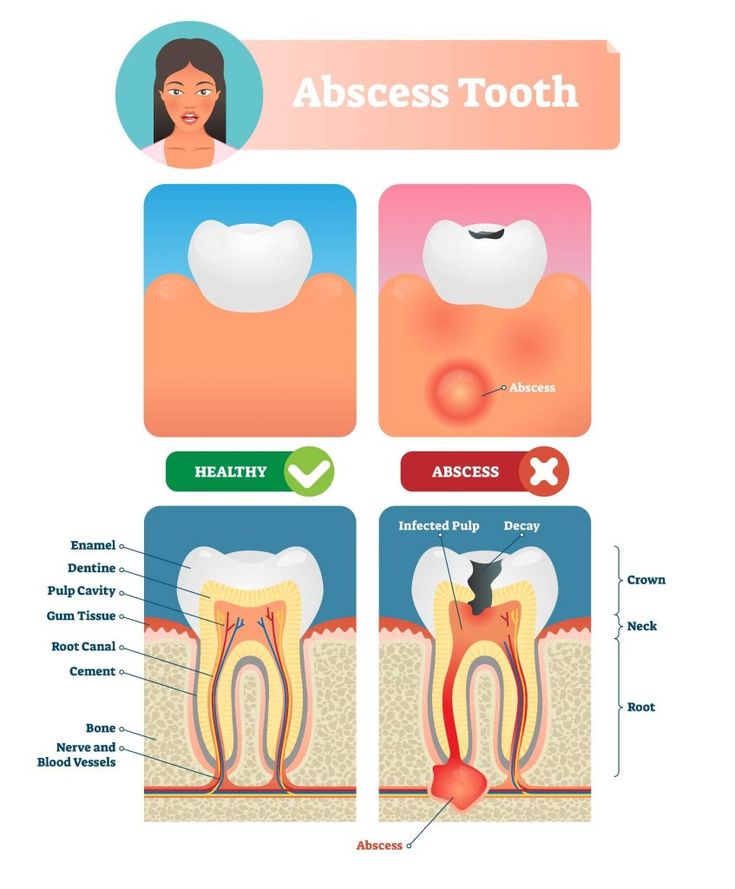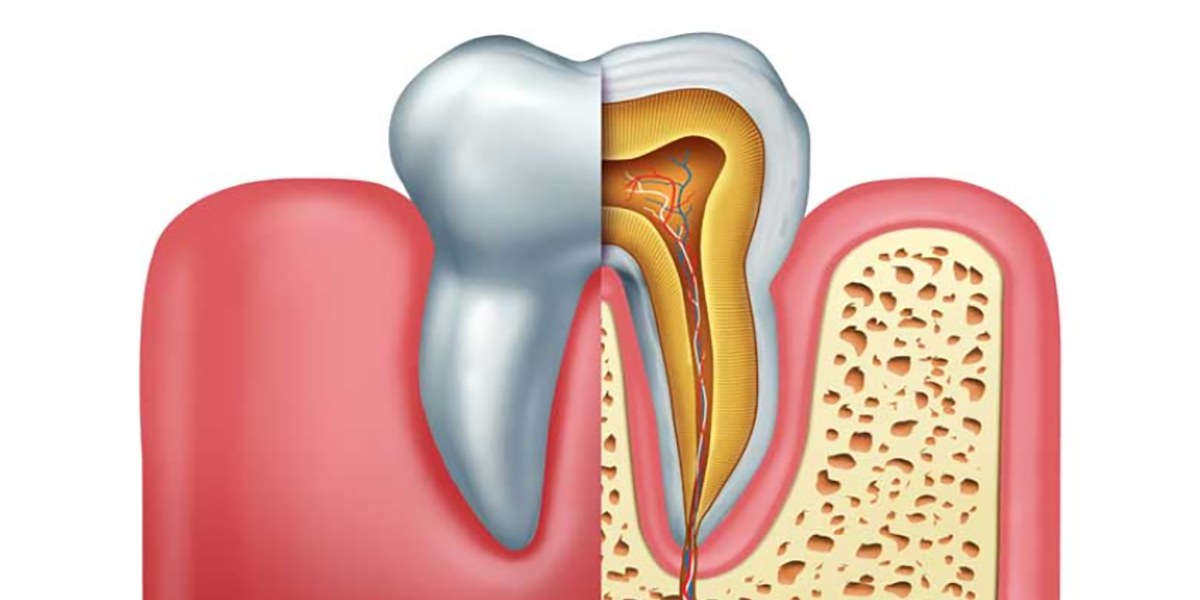6 Important points about the Different Types of Dental Infections & treatments.
Dental infections are more painful and severe than other body infections. Untreated or delayed infections can cause severe infections that can spread to the jawbone or, in some cases, to the ear, throat, and neck.
Oral infections are mainly caused by dry mouth, unhygienic cleaning habits, and excessive intake of sweets, sodas, and processed foods that lead to oral cavities. So, consult your dentist before it gets complicated.

Types of Dental Infections
Dental Abscesses – A bacterial infection causes an abscessed tooth. In this type, a pus pocket forms around the tooth root, and it can spread to the jaw bone or the adjacent teeth if not treated timely. Throbbing pain and facial swelling are the main symptoms of an abscessed tooth. There are three types of infections that can cause dental abscesses.
Gingival – In this type of infection, the pus remains in the gums and does not cause severe pain and damage to the jawbone or spread rapidly.
Periapical – This type of abscess occurs at the tip of the root and can damage the tooth’s pulp. Through a cavity or a crack in the tooth, bacteria can reach the inner part, damaging the tooth pulp and blood vessels and eventually spreading the infection to the tip and jawbone.
Periodontal – It begins in the bone and supporting tissues beneath the tooth. Gum disease, and periodontitis, can be its primary cause. It is commonly found in adults.
Pulpitis – Tooth inflammation is caused when the cavity goes deep enough to create a pit for bacteria to reach the pulp. A sensitivity test can diagnose it by checking the pain intensity when the teeth encounter hot, cold, or sweet stimuli. An X-ray will help to determine if the cavity or tooth fracture is deep. It involves bearable pain and can be treated with medication if diagnosed early.
Periodontitis – It is sort of a gum disease that causes gum erosion around the teeth. Bad breath, red, swollen, receding gums, and tooth loss can be its dominating symptoms. Perhaps it is common in teenagers and the Middle Ages.
Pericoronitis – This type of inflammation can be experienced with the appearance of wisdom teeth in the late teens or later. The surrounding tissues around the molar can swell, causing pain and irritation. Pericoronitis can be seen due to food particles left beneath the gum flaps.
How To Treat Dental Infections?
If you feel pain, swelling or other symptoms, seek a dentist’s advice and follow the prescribed treatment. Some infections can be treated by simply using mouthwashes and medicated fluoride toothpastes.
Bacterial infections can be cured by employing antibiotics like amoxicillin etc. Well, it’s better get a consultancy. Some infections, like tooth abscesses can turn worse if not noticed early and are likely to be treated by an incisor, tooth extraction or root canal procedure.
Conclusion
We can prevent most dental infections with a good and hygienic lifestyle. Regular flossing and brushing your teeth before bed can prevent various oral diseases. Dental infections can be painful so remember prevention is always better than cure.







